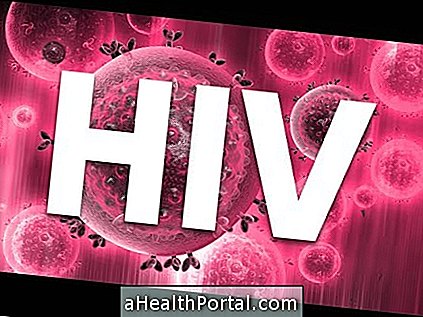Migraine attacks are 3 to 5 times more common in women than men, and this is mainly due to the hormonal changes that the female organism undergoes throughout life.
Thus, the rise and fall of estrogen and progesterone levels that happen due to situations like menstruation, hormonal pills use and pregnancy can worsen migraine attacks, which is called hormonal migraine. Although the exact cause of this condition is not known, this is probably because these hormones can have stimulating effects on the brain.
Migraine is a type of headache that produces throbbing pain, intense and associated with nausea, dizziness and changes in vision. It is usually recurrent and chronic, and is known to have genetic influences, so in many cases it is necessary to treat with the neurologist, using pain relieving medicines and feeding changes. Learn more about this type of headache in What It Is and What Migraines Causes.
The main causes of migraine in women include:

1. Menstruation
During the menstrual cycle, the woman suffers falls and elevations in estrogen levels, which can cause migraine attacks. This change is most significant during PMS, so it is during this time that many women may present pain pictures.
For this reason, some women may show improvement in symptoms when using contraceptives, although the use of these pills may also worsen seizures in some cases.
2. Use of hormones
The elevation of estrogen in the body can cause migraine, so some women develop migraine during the course of hormonal treatments, such as contraceptive pill, injectable, vaginal rings or hormone implants.
Find out what are the major side effects of using contraception.
3. Pregnancy
In the first trimester of pregnancy, the woman undergoes a period of intense hormonal changes, so it is common for this period to present more bouts of pain. Already during the second and third trimesters, there is a constant drop in estrogen levels over progesterone levels, which may be responsible for the improvement of migraine in many cases.
However, soon after the end of pregnancy, the woman suffers another sudden change in these hormones, which can also trigger new attacks.
4. Menopause
After the menopause, the woman has an improvement in migraine, which happens because the estrogen values are low and constant. However, women taking hormone replacement therapy may notice the onset of seizures, as this treatment again increases hormone levels significantly.
5. Stress and anxiety
Often the routine of many women is overloaded, since many need to reconcile work activities with too much work to take care of the home and children.
These responsibilities and lower chances of rest are important causes of migraine in women.

How to treat
Treatment for migraine mainly involves changes in lifestyle, diet and use of medications.
Migraine feeding
Following migraine feeding can help decrease your frequency. Some guidelines are:
- Increase consumption of : Omega 3 rich foods like fish oil and chia seeds;
- Avoid : stimulant foods like coffee, black tea and coke, alcoholic drinks and industrialized foods;
- Take natural sedatives: like chamomile, linden and lemon balm.
It is also important to follow your doctor's advice regarding migraine treatment.
Migraine Remedies
The use of migraine remedies should be done under medical guidance. Sometimes the use of medicines like Neosaldine and Maracujina may be enough, but if the migraine is persistent or limit the woman's life, the neurologist may indicate the use of migraine remedies such as:
- Amitriptyline;
- Lexapro;
- Venlafaxine;
- Atenolol
- Topiramate;
- Supplement of magnesium and coenzyme Q10.
When insomnia is a frequent issue the use of melatonin may be effective for better nights sleep, which will also aid in combating migraine.



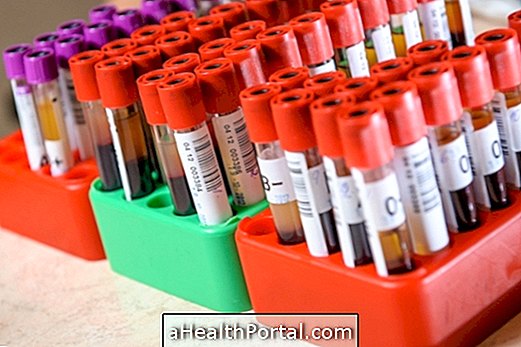

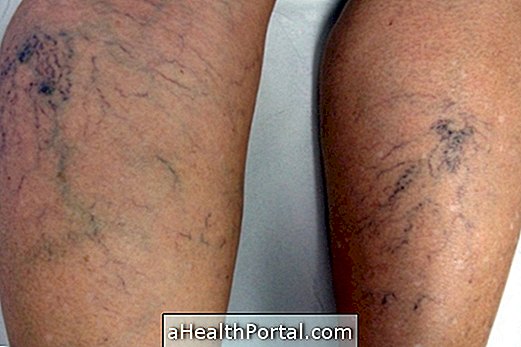


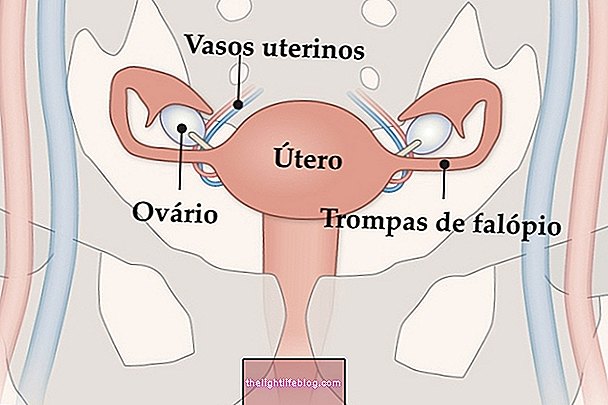


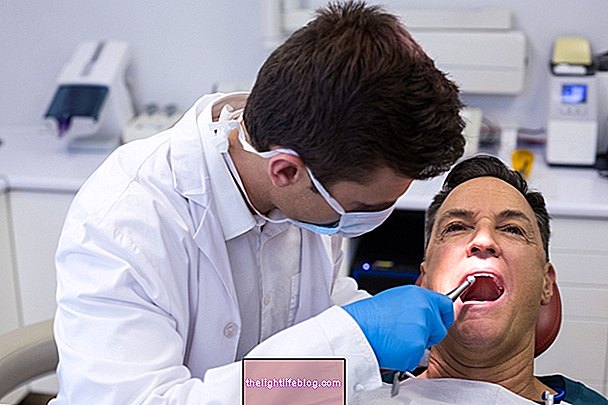


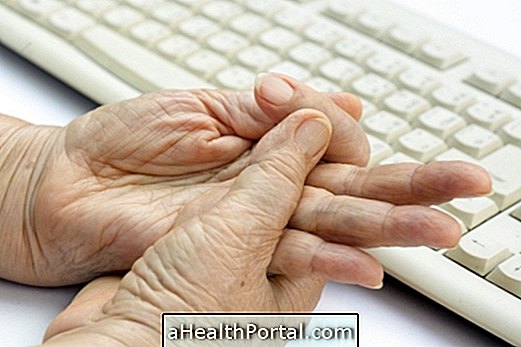

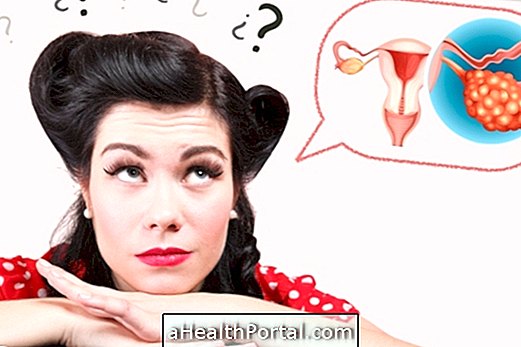

-o-que--causas-e-tratamento.jpg)
